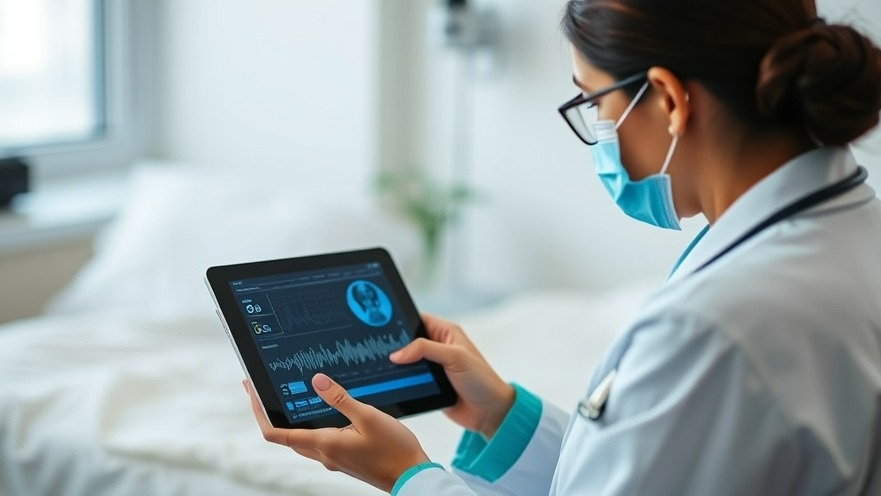
The Surge of Remote Patient Monitoring: A New Paradigm in Healthcare
In the evolving landscape of healthcare, Remote Patient Monitoring (RPM) has soared into a $500 million market by 2024, illustrating the remarkable demand for connected care solutions. More than just a fiscal figure, this growth reflects a significant shift in Medicare’s approach to primary care. It marks a transition from traditional fee-for-service models to a more integrated, ongoing care structure. RPM fosters continuous monitoring and proactive management, creating a stronger bond between patient and provider.
Chronic Care Management: Slower but Steady
Unlike RPM, Chronic Care Management (CCM) has not seen the same rapid adoption. While both initiatives aim to improve patient outcomes and decrease hospital visits, the reception has varied. RPM's swift uptake showcases a growing willingness among practitioners to embrace technology, even as CCM’s integration into care frameworks remains a work in progress.
OIG's Oversight: Exploring Safety in Innovation
The Office of Inspector General (OIG) has raised concerns surrounding RPM, noting the necessity for oversight amid its proliferation. This scrutiny does not diminish the potential benefits of RPM; rather, it underscores the imperative to avoid potential pitfalls, including fraud, waste, and abuse. Innovative technologies often necessitate robust frameworks to ensure they are used safely and effectively.
Understanding the Mechanisms: How RPM Works
Remote Patient Monitoring hinges on technology that allows patients to collect and transmit their health data—think blood pressure readings or heart rate—to their healthcare providers. Through the use of connected devices, healthcare providers can manage chronic conditions more effectively, ensuring that patients receive timely interventions when necessary. This framework not only promises efficiency but also facilitates a shift toward patient-centered care strategies.
Future Insights: What Lies Ahead for RPM and CCM
As we step further into the realm of connected health, the future for RPM looks promising. With Medicare payments for RPM exceeding $500 million, there’s a strong indicator that investment is being channeled not just into technology but into the infrastructure that supports ongoing patient care. Stakeholders must remain vigilant, advocating for transparent practices that ensure the growth of RPM can occur hand-in-hand with oversight measures that check against the aforementioned concerns.
Engaging with the Community: Enhancing Patient-Provider Connections
The success of RPM also hinges on building rapport with patients, and for concierge health practitioners, this is particularly vital. Engaging with your community to educate them about the benefits of RPM can foster trust and enhance the patient experience. By demonstrating the tangible benefits of monitoring their health continuously, providers can encourage adherence to treatment, leading to better outcomes.
Call to Action: How Will You Adapt?
The implications of the OIG’s latest findings on RPM and CCM are profound for healthcare practitioners. As concerns surface regarding oversight and implementation, it is essential to engage in proactive measures. How will you integrate this information into your practice to secure your standing within your community? Embracing RPM could not only improve patient care but also fortify your practice's financial integrity. Now is the time to explore how to incorporate more remote patient monitoring into your service offerings. Attend workshops, engage in discussions, and reflect on the innovative steps that will define the next frontier of your practice.
 Add Row
Add Row  Add
Add 




Write A Comment